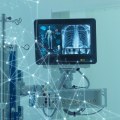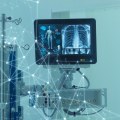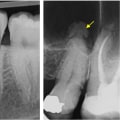When taking images of older people, there are certain considerations to keep in mind. Risk is one of the main factors to consider when opting for an imaging study, as it could put the patient at greater risk. Just because medical imaging can be performed on an elderly patient doesn't mean it should be. Dr.
John Gordon Harold, former president of the American College of Cardiology, explains that older patients with limited function are unlikely to benefit from imaging to define risk. Before choosing to perform a medical imaging study on an elderly patient who may be particularly frail, Dr. Harold recommends taking a holistic approach to evaluating the patient and the purpose of the procedure. This includes considering the patient's general physical condition, the clinical utility of the test, the risks it poses to the patient, and what changes, if any, could change the results in relation to the patient's health treatment. In addition to traditional imaging techniques, other non-radiation-based imaging techniques have been developed.
However, as with all areas of medicine, there is no guarantee of unconditional benefits and the relative benefits and risks must always be properly evaluated. Radiologists and radiographers use information from the Hospital Information System (HIS), Radiological Information System (RIS), and Image Archiving and Communication System (PACS) to provide high-quality medical care to patients. The type of procedure, dose, other physical imaging parameters, use of contrast media and other drugs must be adapted to each individual's specific clinical question. Referral criteria apply at level II for justification of common patient clinical conditions and diagnostic imaging procedures. In some cases, additional health complications can make it dangerous to inject contrast dye for optimal image quality. In many cases, interpretation of images by people other than a radiologist is performed by other medical specialists focusing on their particular interest or question.
The European Society of Radiology (ESR) has developed EUCLID – European Study on Clinical Diagnostics: Reference Levels for X-ray Medical Imaging as part of their training program. This program focuses on optimal use of images for patient benefit and knowledge of possible risks derived from use of ionizing radiation, including need to minimize likelihood of damage from inappropriate or excessive use of radiation. Research has shown that image quality of scans performed on older patients is often lower quality and inadequate for diagnosis. In cases where elderly patients are bedridden or frail and at risk of suffering excessive toxicity induced by chemotherapy, neoplastic lesions should be reevaluated after chemotherapy using diagnostic radiological tests.






